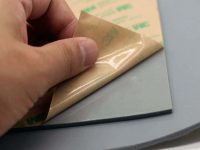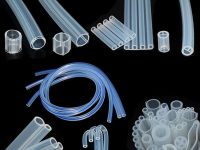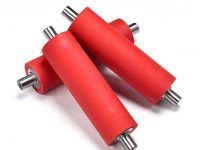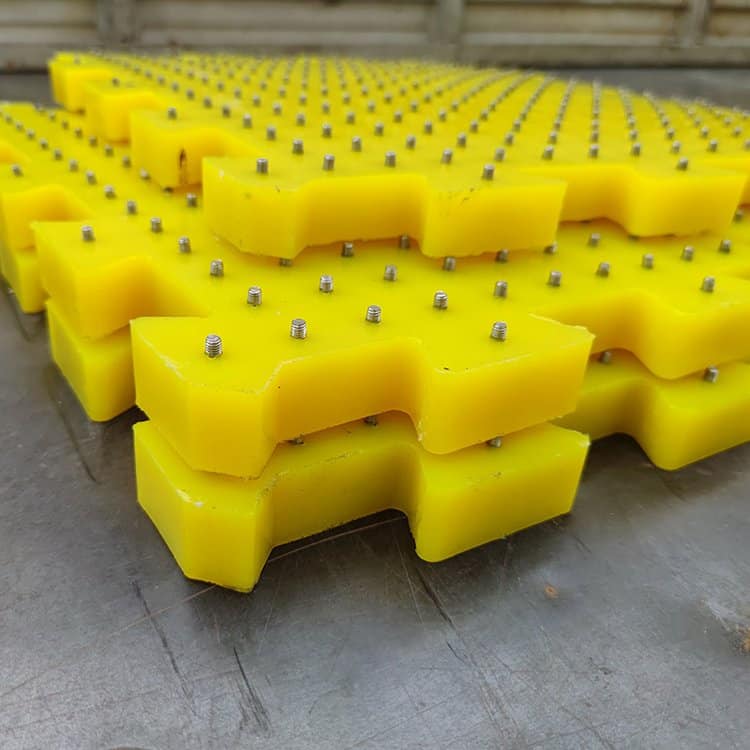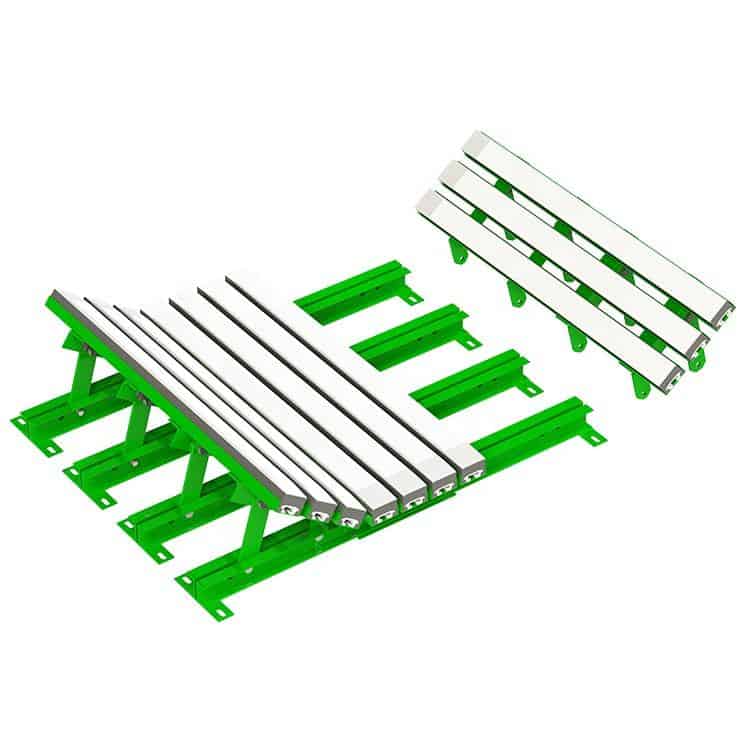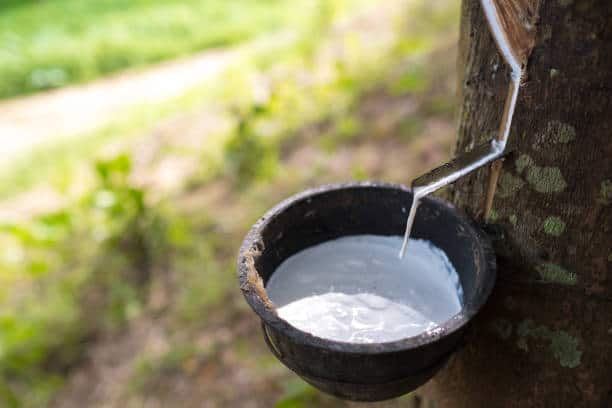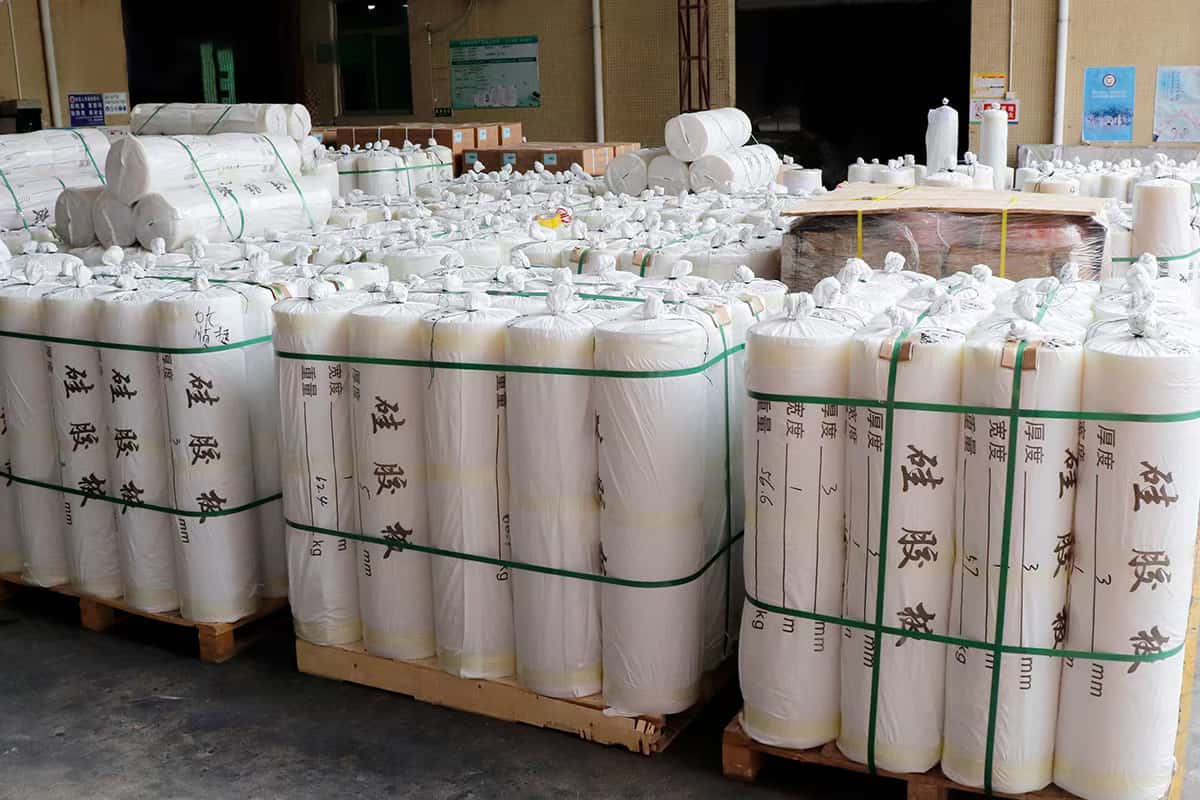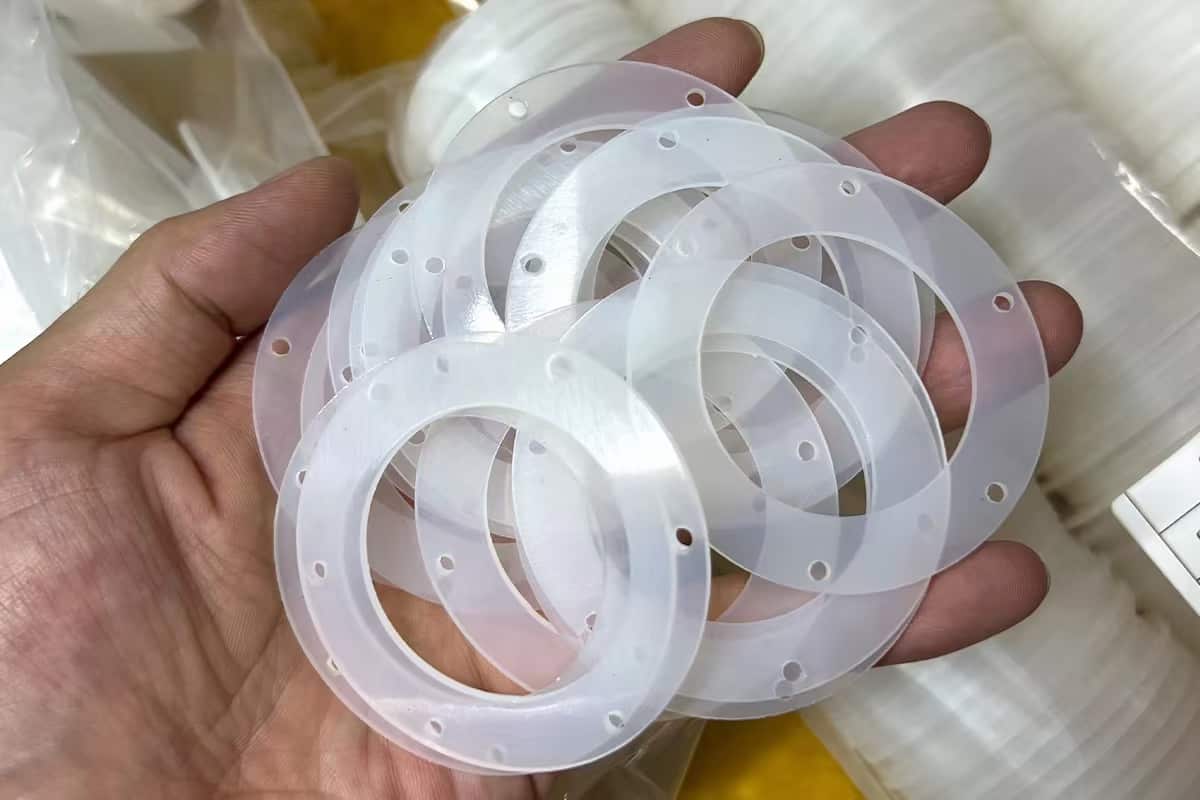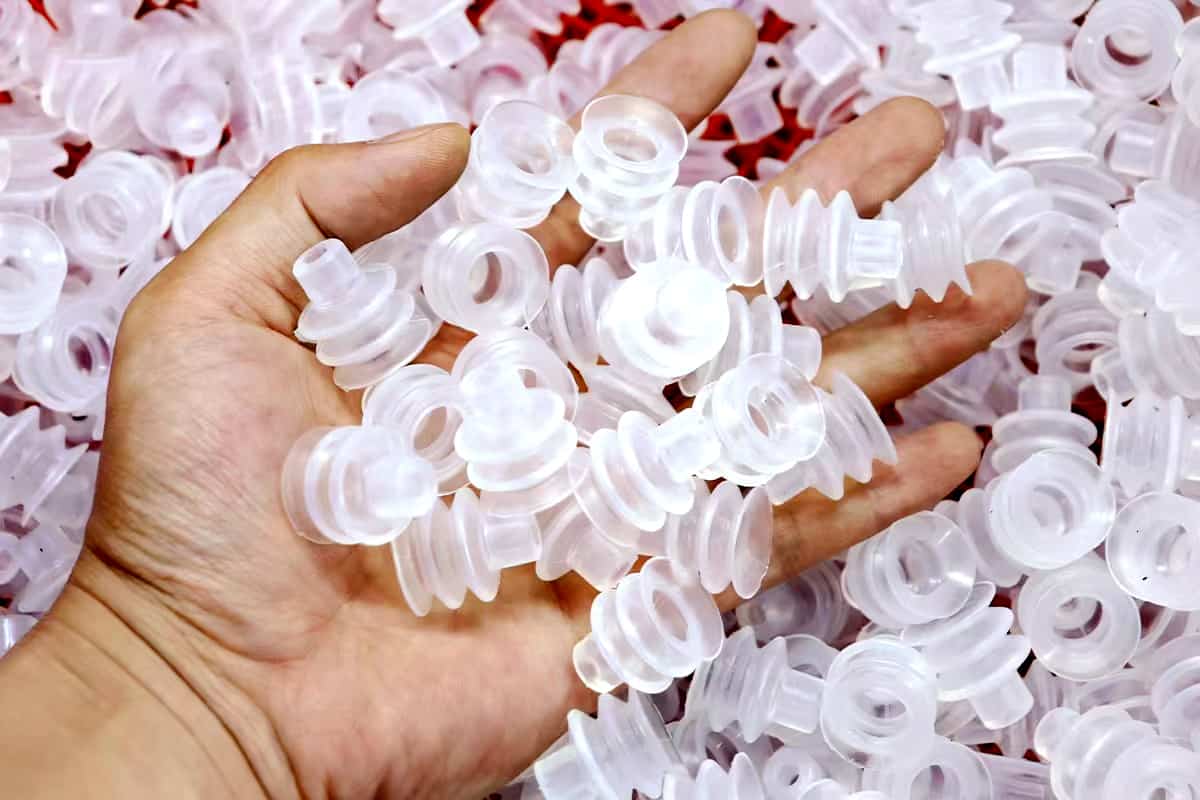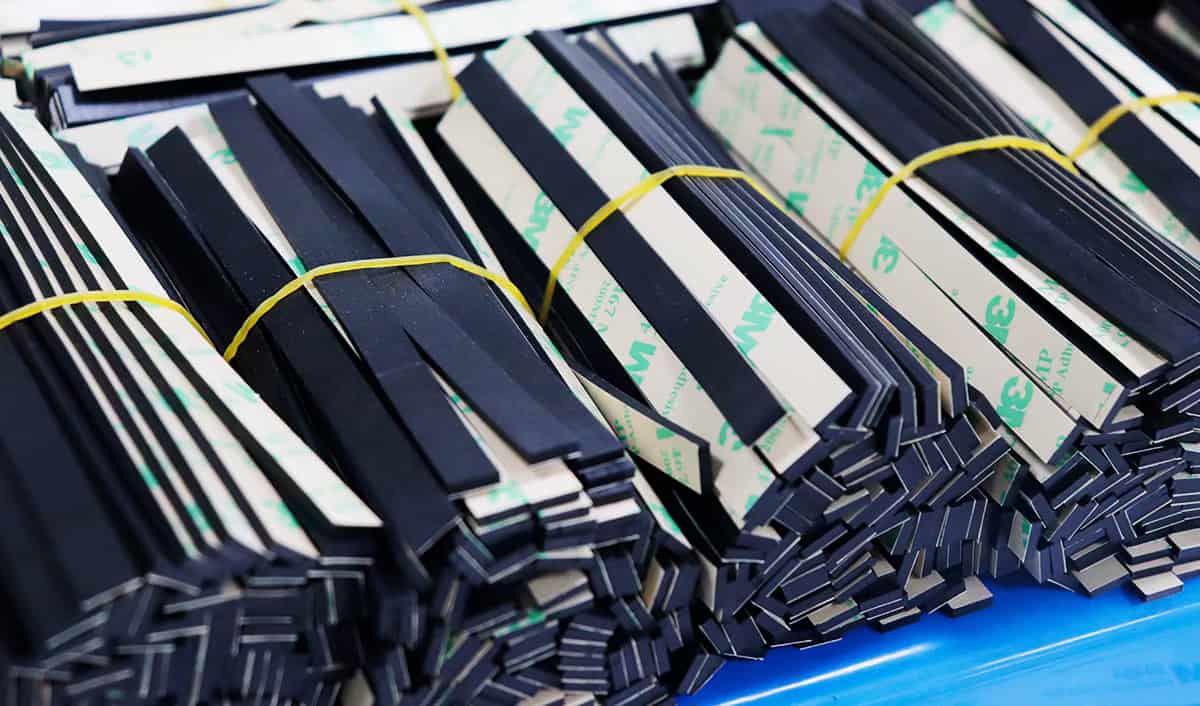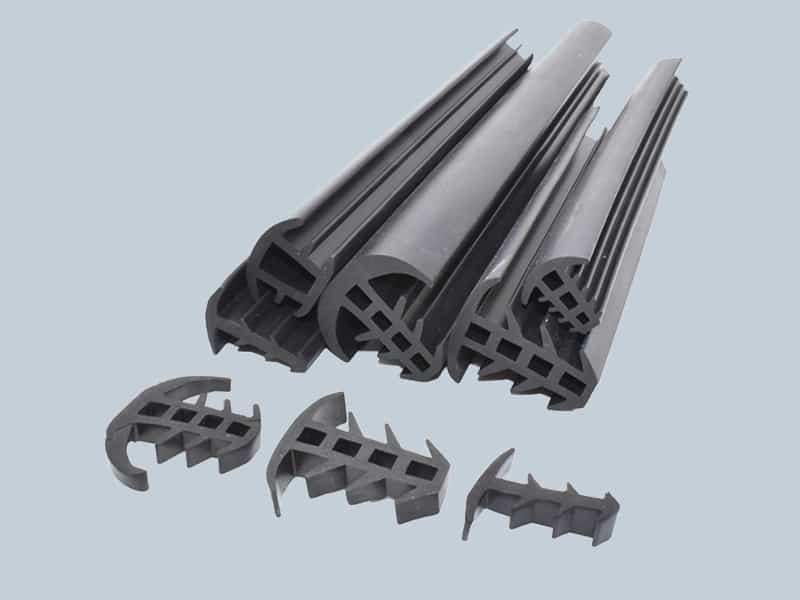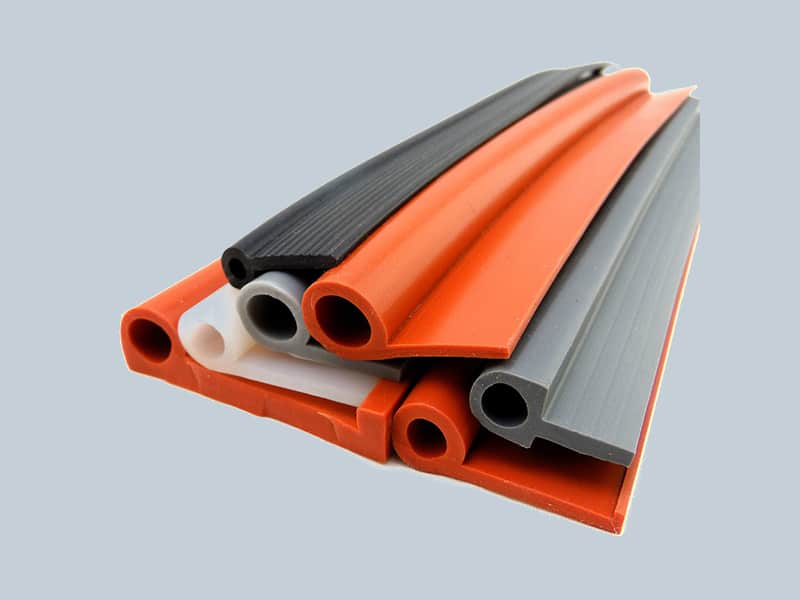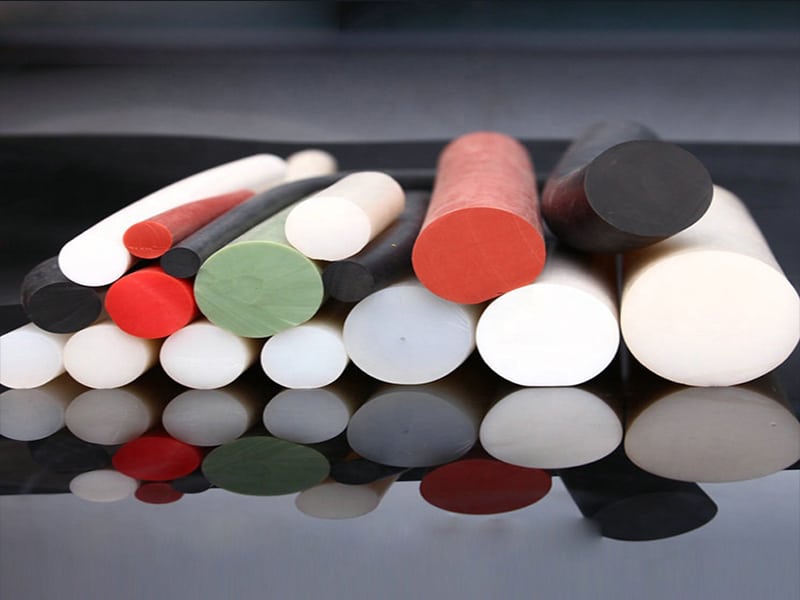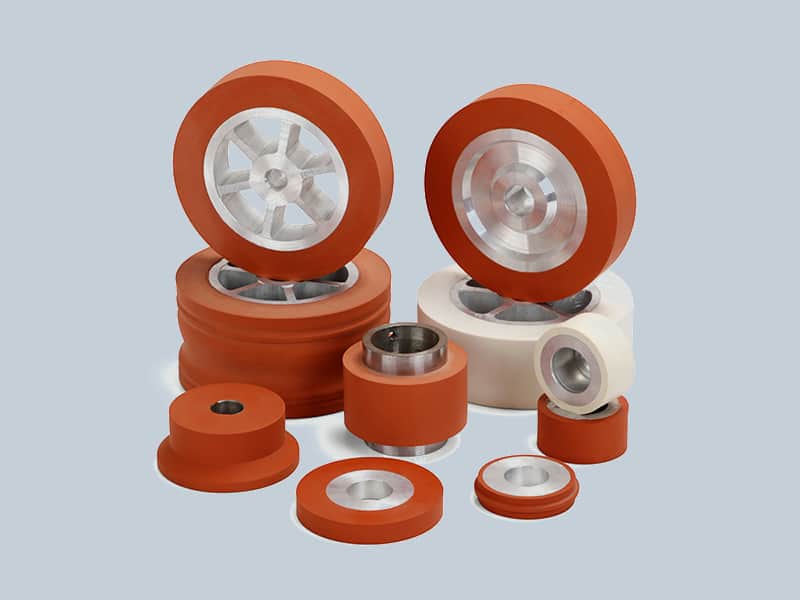
what are radiator hoses?
Radiator hoses are an often overlooked but vital part of a car’s cooling system. In a car, the radiator hoses are the rubber tubes that convey coolant from the radiator to the engine and back again. There are usually two hoses: one for incoming coolant from the radiator and one for outgoing coolant returning to it. These hoses are important because they keep the engine from overheating. If a hose springs a leak, it can cause the engine to overheat and break down.
There are two main types of radiator hoses: those made from EPDM rubber, and those made from silicone. EPDM rubber hoses are more affordable, but they’re not as durable as silicone hoses. Silicone hoses can withstand higher temperatures and pressures, making them ideal for performance applications.
what are silicone radiator hoses?
If you’re looking to replace your car’s radiator hoses, you may be wondering if silicone hoses are better than rubber. Here’s what you need to know about silicone radiator hoses before you make a decision. Silicone radiator hoses are made from a synthetic rubber that is designed to withstand higher temperatures and pressures than traditional rubber. Silicone is also more resistant to chemicals, so it won’t degrade as quickly in the engine bay. While silicone radiator hoses are more expensive than rubber hoses, they will last longer and provide better protection for your engine. If you’re looking for the best possible performance and protection for your car, silicone radiator hoses are the way to go.
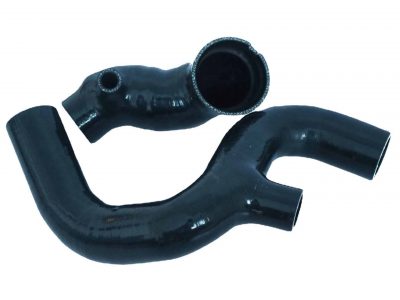
Pros and Cons:
Silicone radiator hoses are becoming increasingly popular, as they offer a number of benefits over traditional rubber hoses.
The main advantage of silicone hoses is that they don’t deteriorate as quickly as rubber ones. Silicone hoses are able to withstand higher temperatures and pressures, making them ideal for high-performance applications. They are also more flexible than rubber hoses, which makes them easier to install in tight spaces.
In addition, silicone hoses are less likely to leak or burst than rubber hoses. While silicone radiator hoses may cost more than rubber hoses, their superior performance and durability make them a wise investment for anyone who wants the best possible performance from their vehicle.
Conclusion
When it comes to your car, you want only the best parts. So when it comes to radiator hoses, are silicone radiator hoses better than rubber? The answer may surprise you. Silicone radiator hoses have many benefits over rubber hoses. They withstand higher temperatures, they’re more flexible, and they last longer. However, they are also more expensive. So, if you’re looking for the best possible radiator hose for your car, silicone is the way to go. You may have to pay a little more upfront, but in the long run, you’ll be glad you did.
what is epdm rubber?
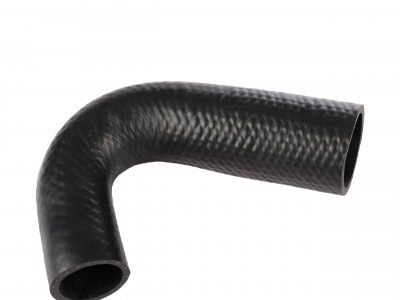
EPDM: Ethylene propylene diene monomer is a synthetic rubber that is resistant to heat, ozone, and weathering. It is also compatible with most coolants and oils. However, EPDM radiators hoses can become brittle over time and may need to be replaced more often than other types of hoses.
Pros and Cons:
One of the biggest advantages of EPDM rubber is its weather resistance.
Another advantage of EPDM rubber is its chemical resistance.
However, there are some disadvantages to using EPDM rubber as well. One downside is that it can be difficult to work with.
Can be destroyed by UV light: EPDM rubber is a synthetic rubber that offers many advantages over natural rubber, including resistance to UV light. However, EPDM rubber can be destroyed by prolonged exposure to UV light, making it unsuitable for outdoor applications.
Not as strong as some other rubbers: There are a few reasons why EPDM rubber might not be as strong as some other rubbers. One reason is that it is sometimes mixed with other materials to make it more pliable and less brittle. This can make the overall material weaker. Another reason is that EPDM rubber does not have good resistance to oils and chemicals, which can cause it to degrade over time. EPDM rubber also has a relatively low melting point, which means that it can start to break down at high temperatures. This can be a problem if the rubber is used in applications where it will be exposed to high temperatures on a regular basis. Finally, EPDM rubber is not as resistant to UV light as some other types of rubber, so it may degrade faster when exposed to sunlight.
Not as eco-friendly as other options: Epdm rubber is not as eco-friendly as other options because it is made from petroleum and releases harmful chemicals into the environment when it is manufactured. Additionally, epdm rubber does not degrade as quickly as other materials, so it can stay in landfills for centuries. While epdm rubber roofs are durable and last a long time, the environmental impact of manufacturing and disposing of them is significant.
Are silicone radiator hoses better than rubber?
The answer is YES. Silicone radiator hoses are better than rubber for a variety of reasons. First, they can withstand higher temperatures, making them ideal for use in high-performance vehicles. Second, they are more flexible than rubber hoses, which makes them less likely to rupture or leak. Finally, silicone hoses are less likely to degrade over time, meaning they will last longer and provide better protection for your engine.
Conclusion: is epdm rubber right for you?
Epdm rubber is a type of synthetic rubber that has many advantageous properties. It is durable, weather-resistant, and flexible, making it ideal for many applications. However, there are some disadvantages to using epdm rubber. It can be expensive, and it is not as easy to repair as other types of rubber. If you are considering using epdm rubber for your next project, weigh the advantages and disadvantages carefully to decide if it is the right material for you.
How long do radiator hoses last?
Epdm rubber is a type of synthetic rubber that has many advantageous properties. It is durable, weather-resistant, and flexible, making it ideal for many applications. However, there are some disadvantages to using epdm rubber. It can be expensive, and it is not as easy to repair as other types of rubber. If you are considering using epdm rubber for your next project, weigh the advantages and disadvantages carefully to decide if it is the right material for you.
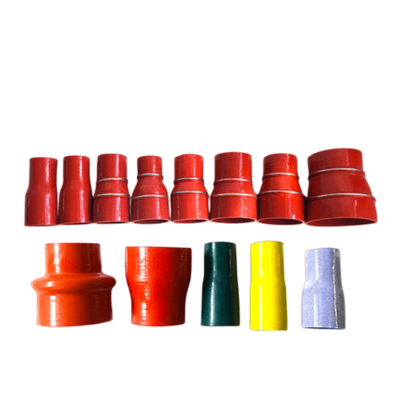
why it's important to know
In today’s economy, it’s more important than ever to know how long your car’s radiator hoses will last. With the cost of living rising and wages staying the same, every penny counts. The last thing you want is to have to replace your car’s radiator hoses sooner than necessary. Radiator hoses are one of the most important parts of your car’s cooling system. They carry coolant from the radiator to the engine, and they’re under a lot of pressure. Over time, they can develop leaks or cracks. If you don’t catch these problems early, they can lead to bigger issues like an overheated engine. So how long do radiator hoses last? It depends on a few factors, like the material they’re made from and how well you take care of them.
What factors affect lifespan
There are a few key factors that affect the lifespan of your radiator hoses.
The first is the material the hose is made from. Radiator hoses are typically made from rubber, which can degrade over time and cause cracks or leaks.
The second factor is the environment in which the hose is used. Hoses that are exposed to extreme temperatures or chemicals will have a shorter lifespan than those that aren’t.
Finally, the amount of wear and tear the hose experiences will also affect its lifespan. If you regularly inspect your hoses for signs of wear and replace them when necessary, you’ll help extend their life.
How to tell when it's time for a replacement
When it comes to your car, you want to make sure everything is running smoothly. That’s why it’s important to know when it’s time for a replacement. Here are some signs that it might be time to get a new radiator hose:
- If you notice any cracks or leaks in the hose, it’s time for a replacement.
- If the hose is more than 10 years old, it’s probably time for a new one.
- If the hose is beginning to show signs of wear and tear, it’s probably time for a replacement.
- If the engine is overheating, it could be a sign that the radiator hoses need to be replaced.
If you notice any of these signs, it’s important to get a new radiator hose as soon as possible. A leaky or damaged hose can cause serious problems for your car, so don’t wait until it’s too late!
The importance of preventative maintenance
Preventative maintenance is important for keeping your car running properly. Radiator hoses are an important part of the cooling system, and should be checked regularly for wear and tear. Replacing radiator hoses is a relatively easy and inexpensive repair, but if they are not replaced when needed, they can cause major engine damage. Drivers should check their radiator hoses at least once a month, and more frequently if they live in a hot climate or do a lot of stop-and-go driving. To check the hoses, simply feel them to see if they are hard or soft. If they are hard, they may be starting to crack and should be replaced as soon as possible. If you notice any leaks in the hose, also replace it immediately.
How to prolong the life of your hoses
Hoses are one of the most important parts of your car, and they need to be in good condition in order to keep your car running properly. Here are some tips on how to prolong the life of your hoses:
- Check your hoses regularly for any cracks or leaks. If you notice any damage, replace the hose immediately.
- Make sure that your hoses are properly routed and secured. This will help prevent them from rubbing against other parts of the engine, which can cause damage.
- Use hose clamps that are the correct size for your hoses. Over-tightening hose clamps can damage the hose, so make sure they’re just snug enough to hold the hose in place without being too tight.
- Avoid using aftermarket hoses designed for other car models. These may not fit properly, and they might not be compatible with the engine cooling system on your vehicle.
- Keep hoses away from hot exhaust pipes, belts and moving parts.
Conclusion: Summing it up
After years of use and exposure to the elements, your car’s radiator hoses will eventually need to be replaced. But how do you know when it’s time to replace them?
There are a few things you can look for to see if your hoses need to be replaced: cracks, leaks, or bulges. If you see any of these, it’s time for new hoses. You should also check the hoses regularly for wear and tear and replace them as needed.
If you take care of your car and check the radiator hoses regularly, they should last for many years. But eventually, all radiator hoses will need to be replaced. When that time comes, make sure to get high-quality hoses so your car can continue running smoothly.

